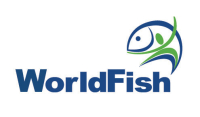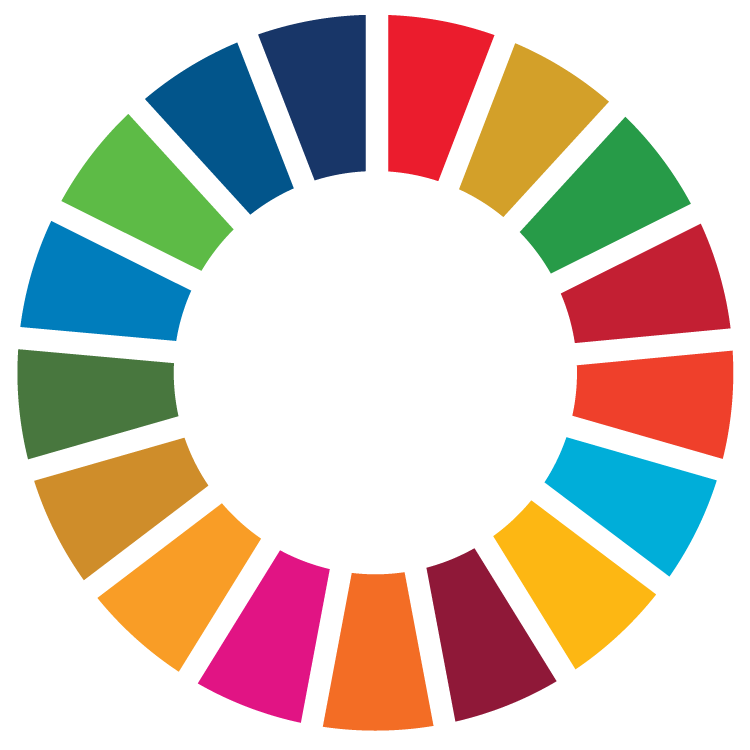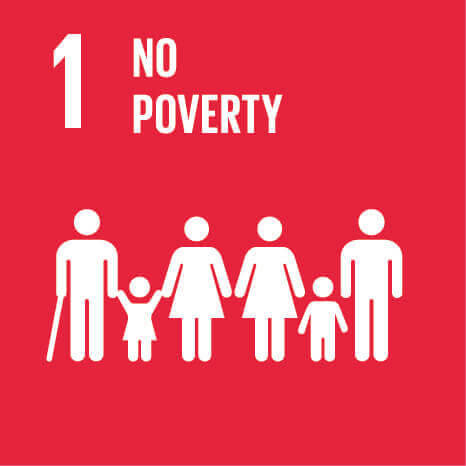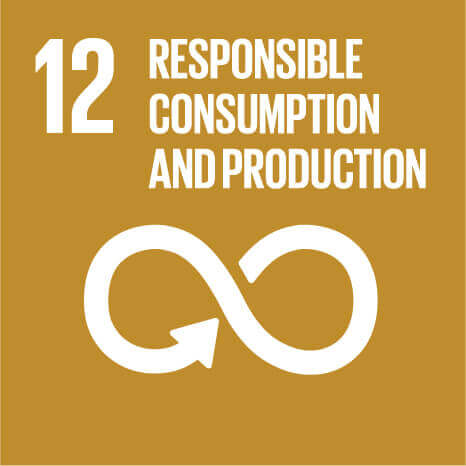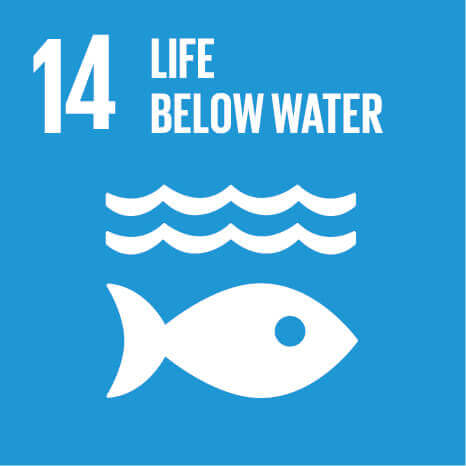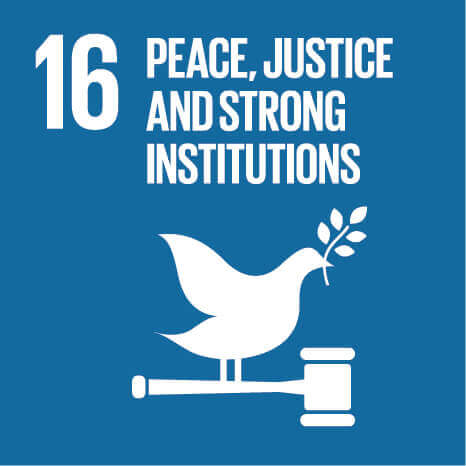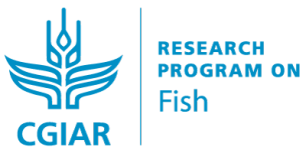The declaration of Nijhum Dwip Marine Protected Area (MPA) to generate more sustainable fishing and livelihoods while protecting the marine biodiversity in Bangladesh
Published on: April 30, 2020, Submitted by Cristiano Rossignoli on: April 30, 2020, Reporting year: 2019
WorldFish achieved success in facilitating the declaration of a 3,188 km2 Marine Protected Area (MPA) to protect hilsa (a kind of Indian herring fish) breeding and nursery grounds as well as habitats for marine fish, crustaceans, megafauna and migratory birds. This will ensure a higher production of hilsa that will benefit to the livelihoods of more than 0.45 million hilsa-dependent households, and contribute to meeting the country’s commitments to the United Nations Sustainable Development Goal 14 to conserve marine waters.
Hilsa Fishers
Following the joint recommendations from ECOFISH, the International Union for the Conservation of Nature (IUCN) and the Wildlife Conservation Society (WCS), the Ministry of Fisheries and Livestock Banlgadesh, declared the Nijhum Dwip Marine Reserve/ Marine Protected Area (MPA) in 2019, through S.R.O. No. 211-Law/2019 dated 23 June 2019 under the provision of clause 28 of Marine Fisheries Ordinance, 1983. The declared protected area covers 3,188 square kilometers of estuarine waters at the mouth of the world’s third largest river system: the Padma- Jamuna Meghna and offshore of the Nijhum Dwip National Park.
ECOFISH is a WF led project mapped to the FG 2 - Sustainable small-scale fisheries. In the implementation of its activities the project focused on improving the resilience of Ganges and Meghna River estuarine ecosystem and livelihoods that depend upon it, drawing from the research findings of FISH on fisheries governance mechanisms and eco-system based management models . Indeed, the research in these areas has been quite important in guiding the discourse and project activities in the country to ensure the sustainability and resilience of small-scale fisheries.
Over last 5 years, ECOFISH formed co-management and community management bodies in 6 sanctuaries, and the management plans for improved natural resource management (NRM) were developed and agreed upon by the Department of Fisheries (DoF). In 2019, the ECOFISH activity continued its activites in the 6 Hilsa Sanctuaries and facilitated Marine Protected Areas (MPA) in Nijhum Dwip to ensure improved natural resource management. One of the main goals of the MPA is the protection of the migration routes and the spawning grounds of Hilsa. Hilsa shad (Tenualosa ilisha) is abundantly found in marine, estuarine and riverine aquatic systems, and has relevance for both commercial and as a subsistence fisheries activities. In the context of Bangladesh, hilsa is the most valuable fish species harvested in the country serving as income, nutrition and employment for vast amount of the population. Indeed, the fishery of hilsa employs more than 2.5 million people generating and income of 1.3 billion USD, which represents a significant part for the national economy.
However, the species is under threat due to climate change, pollution, disruption of migratory routes and especially overfishing. All these have had negatively impacted the catches and the incomes of the fishers, leading to impoverishment, malnutrition, social tensions but also resource degradation and biodiversity loss. The findings on the Gangetic Hilsa ecotypes were shared with the stakeholders, such as the policy makers from the Department of Fisheries and the media. The scientific research on the topic provided strong evidence to the policymakers contributing to the shifts in policies that ensure increased sustainability of river and marine ecosystems while promoting the livelihoods of the fishers that depend upon them. Other innovations such as the community fish guard and the smartphone -based approach contributed to further ensure the application of ecosystem rehabilitation applicability through fish catch monitoring and community fish guards. These two innovations serve as real-time information channels on fish catch influencing a change in behaviors. At the same time they serve to create community ownership, which ensures sustainability in the long term.
The declaration of the MPA has the power to reverse these negative trends and protect the biodiversity and generate commercial benefits. The 3,188 square kilometres of the MPA are home not only to hilsa but also to one of the world’s largest populations of largest populations of endangered dolphins, porpoises, sharks, rays and marine turtles.
The protection of these marine resources and habitats will ensure a higher production of hilsa that will benefit to sustainable fishing and to the livelihoods of more than 0.45 million hilsa-dependent households. At the same time the declaration of the MPA will contribute to meeting the country’s commitments to the United Nations Sustainable Development Goal 14 to conserve 10 percent of the countries’ marine waters.
Stage of Maturity and Sphere of influence
-
Stage of Maturity: Stage 1
-
Contributions in sphere of influence:
3.1.2 - Enhanced conservation of habitats and resources.
3.2.1 - More productive and equitable management of natural resources
Acknowledgement
This work was undertaken as part of the CGIAR Research Program on Fish Agri-Food Systems (FISH) led by WorldFish. The program is supported by contributors to the CGIAR Trust Fund. Funding support for this work was provided by United States Agency for International Development (USAID) as part of the Enhanced coastal fisheries in Bangladesh (ECOFISH) project.
CRPs & Partners
References
-
Enhanced Coastal Fisheries in Bangladesh (ECOFISH—Bangladesh). Project brief Oct 2018- Dec 2019
-
Rainforest Trust (29 July 2019). New Marine Protected Area in Bay of Bengal.News press
-
The Daily Star News, August 2019. Can protecting the seas, help protect the wild?
-
Impacts of fishing bans for conservation on hilsa fishers' livelihoods: Challenges and opportunities
